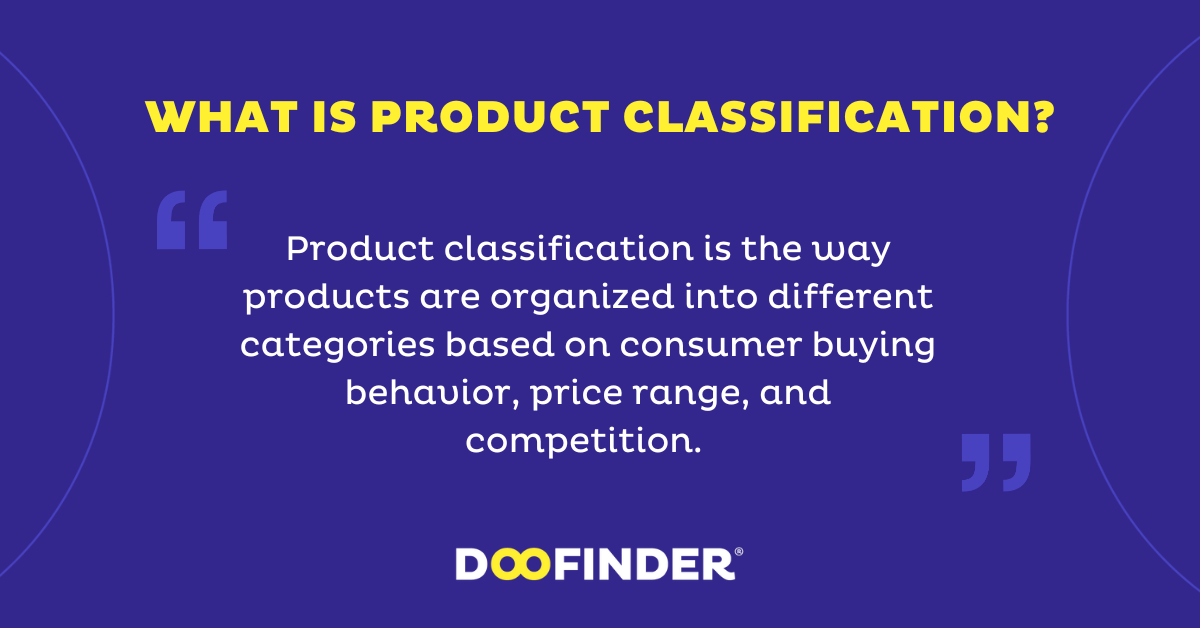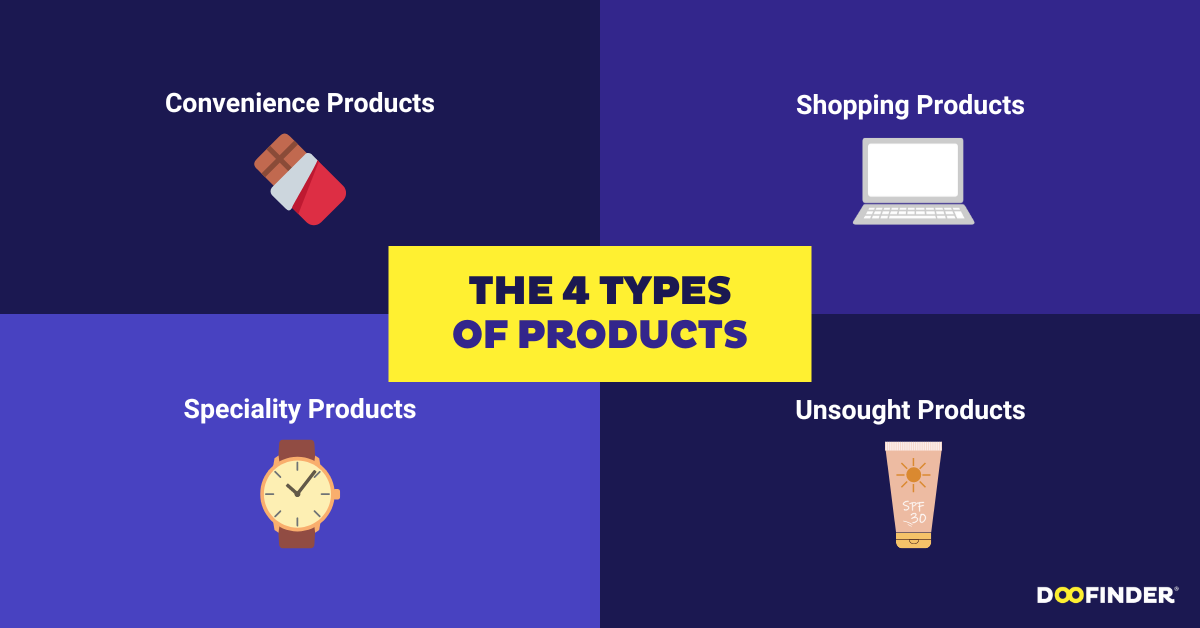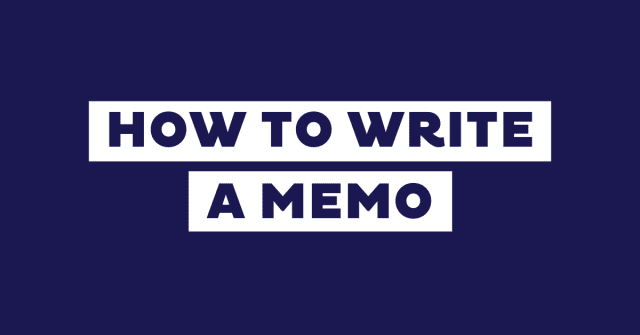You know that feeling when you’re stuck waiting in line at the checkout counter and your eyes wander over to the candy bars on display?
They’re just begging to be grabbed, with their convenient location and affordable price tag.
It’s no wonder so many people end up impulsively buying them!
Thanks to clever product classification, companies know exactly how to catch our attention and make us want to buy their products.
But product classification isn’t just about understanding your customers – it’s also an essential tool for shaping your overall marketing strategy to target the right audience.
In this article, we’ll be sharing some top-notch marketing eCommerce strategies for each type of product classification so that you can start implementing them into your business.
And to make it even easier for you, we’ve created a free product classification worksheet that you can fill out for your business as you read through the rest of this article.
Ready to get started? Let’s go!

What is product classification in marketing?

Simply put, product classification is the way products are organized into different categories based on consumer buying behavior, price range, and competition.
It’s super helpful for marketers because they can create ads that speak directly to their target audience.
But it’s not just about marketing – eCommerce businesses can also use it to figure out what products are in demand and what prices will work best.
And if you classify your products, you can get a better understanding of your customers’ behavior and preferences, which makes it easier to give them what they want.
One thing to keep in mind is that product classification is not the same as product categories.
Categories are more specific to your industry or niche, while product classification is all about how people actually buy things.
What are the types of product classification?
Understanding the different types of product classification is essential for creating targeted marketing campaigns.
The four main product classifications are convenience products, shopping products, specialty products, and unsought products.

Convenience Products:
We’ve all been there – waiting in line at the grocery store and eyeing the tempting display of candy bars and gum by the checkout.
They’re the perfect example of convenience products. They’re inexpensive, easy to find, and require no thinking at all!
As an eCommerce manager, you need to think about how your convenience products fit into your marketing strategy.
Are they impulse buys that you can encourage with cool packaging or by putting them front and center on your website?
Or can they lead customers to explore your other products?
Convenience products can be great tools to boost your sales and introduce customers to your brand.
For example, if you sell beauty products, offering travel-sized versions of your popular items can encourage customers to try them out before committing to the full-sized product.
This can lead them to discover more products that they love and increase their average checkout price.
Similarly, if you sell tech accessories, adding affordable yet functional products like charging cables or screen protectors to your website can create a convenient shopping experience for customers who may have come to your site looking for a more expensive item.
Incorporating convenience products into your marketing strategy can be a smart move for eCommerce businesses.
Whether you use them as impulse buys or gateway products, they can help increase sales, build customer loyalty, and ultimately drive growth for your brand.
Specialty Products:
One of my biggest guilty pleasures is splurging on unique and high-end coffee blends.
This is a classic example of a specialty product – something that’s unique and caters to a specific consumer need or desire.
As an eCommerce manager, it’s crucial to understand what makes your specialty products stand out in a crowded market.
What sets them apart from the competition?
Do they have a unique feature or design that makes them stand out?
Or are they made with premium materials or ingredients that make them worth the extra cost?
To really make your specialty products shine, consider implementing influencer marketing campaigns or creating exclusive promotions that showcase their unique qualities.
This can help build buzz and excitement around your products, and encourage customers to make a purchase.
For example, if you sell specialty teas, you could partner with a popular tea influencer to create a custom blend that’s only available on your website.
Or if you sell high-end skincare products, you could offer a limited-time promotion that includes a free luxury sample with every purchase.
By understanding what makes your specialty products special and using creative marketing tactics and different promotion techniques, you can help them stand out from the crowd and drive more sales for your business.
Shopping Products:
Whenever I need to buy new workout clothes, I spend hours researching different brands, styles, and prices before making a decision.
Shopping products are all about giving customers options and helping them make informed decisions.
As an eCommerce manager, it’s up to you to provide all the necessary information to help your customers feel confident in their purchases.
This means providing detailed product descriptions, high-quality images that showcase the product from different angles, and customer reviews.
After all, who better to give an honest opinion about a product than someone who’s already purchased it?
To sweeten the deal, consider offering promotions or product bundling options to help incentivize customers to make a purchase.
For example, you could offer a discount on a matching workout set when a customer purchases a sports bra and leggings together.
Remember, the more options and information you provide, the easier it is for customers to make a decision and the more likely they are to make a purchase.
Unsought Products:
Let’s face it – no one likes thinking about insurance or estate planning.
In fact, most people tend to avoid thinking about them until it’s absolutely necessary.
That’s where unsought products come in – these are the kinds of products that customers don’t actively seek out but may need when an opportunity or problem arises.
As an eCommerce manager, it’s important to approach unsought products with a focus on education and awareness.
Try creating informative content that can help customers understand why they might need your product.
You can also consider partnering with organizations or micro-influencers that can help promote the importance of your product.
It’s all about helping customers understand the value of what you’re offering, even if they didn’t know they needed it in the first place.
So, get creative with your approach and think about how you can make your unsought products more appealing and relevant to your target audience.
Why Classify Products?

The answer is simple: it helps us make better business decisions.
Classifying products can provide insight into consumer behavior, pricing, and even marketing strategies.
With the right classification, you can effectively reach your target audience and optimize your conversion rate.
1. Improve Your Marketing Strategy
Product classification isn’t just about organizing products – it also affects how you market them.
For example, if you sell something unique like fancy coffee, you’ll need to focus more on building your brand.
But if you sell something simple like gum or candy, you just need to remind people that it’s there and they need it.
So, understanding product classification can help you decide where to spend your marketing budget and how to advertise your products to make them successful.
2. Develop a Pricing Strategy
One of the most significant ways product classification affects a product’s life cycle is through pricing.
When it comes to convenience and unsought items, customers usually look for things that are cheap and necessary.
So, these products tend to have lower prices because consumers don’t have strong preferences for specific brands.
But for specialty items, customers are willing to pay more for unique features or high-end materials.
This means that pricing strategies can vary based on the type of product and how customers perceive its value.
3. Analyze Product Demand
Product classifications have a big impact on what consumers want to buy.
For example, we tend to buy convenience and unsought products more often, so they’re in higher demand than specialty or shopping products.
This has a ripple effect on how companies make and sell their products.
The marketing strategies are different for each type, and a company’s decision to develop a product can be influenced by how much demand there is for it.
4. Implement Product Development
Product classification is extremely important for companies when they’re deciding what products to make.
Different products need different types of marketing, so companies often choose to specialize in one type to limit the products they make.
This is why understanding product classification is key when making decisions about what products to invent and develop.
5. Understand Customer Needs
Knowing product classifications can help you better understand what motivates people to make a purchase.
This information leads to more effective decisions in marketing, pricing, sales, and distribution.
It also helps your team make decisions that make it easier for customers to find and use your website for online purchases.
6. Meet Industry Standards
Correct product classifications help businesses avoid unnecessary risks and impact pricing and distribution.
In other words, product classification helps businesses make informed decisions that increase efficiency and profitability.
7. Stand Out Against Competitors
Understanding product classification is important for businesses to remain competitive in their industry.
It helps companies identify their niche and become more effective in their market.
By knowing how your product is classified, you can find ways to make it stand out from the competition and improve its value proposition.
Knowing how your product is classified can also help you determine if you need to focus on continued innovation, research, and development to keep a competitive edge.
How to Market Different Types of Products
Marketing Convenience Goods:

When it comes to convenience goods, capturing the customer’s attention is the key to selling these items.
I can personally attest to the power of placing impulse buys near the checkout line.
Just the other day, I found myself buying a pack of gum that I didn’t really need simply because it was right there in front of me.
So, make sure that your products are visible and easily accessible.
And, don’t worry too much about pricing. Instead, focus on building brand image through widespread campaigns.
A brand that comes to mind is Snickers. Their hilarious ads have been around for years and have made the candy bar a go-to for satisfying a sweet tooth.
Marketing Shopping Goods:

Marketing shopping goods requires a bit more finesse.
You need to show customers that your product is unique and offers more value than the competition.
One brand that comes to mind is Nike. They invest in high-quality content that highlights the durability and comfort of their products.
Promoting discounts and sales is also a great way to attract consumers to your brand. After all, who doesn’t love a good deal?
Marketing Specialty Goods:

Specialty products have high brand awareness and are often highly coveted by consumers.
This means that maintaining demand is a priority.
One way to do this is to focus on innovation and improvement. Take Apple for example.
They consistently update their iPhones with new features and designs, keeping their loyal users engaged and eager for the latest release.
Marketing Unsought Goods:

Unsought goods require a bit more effort to sell.
But, by focusing on informing and motivating customers, you can make the sale.
Highlighting the benefits of your product, such as increased comfort or security, is a great way to convince customers to make the purchase.
And, don’t forget to focus on a target audience. One company that does this well is Life Alert.
Their ads target the elderly, emphasizing the peace of mind that comes with their medical alert system.
Examples of Product Classification
Examples of Convenience Goods

The soft drink company offers a range of products that customers can purchase quickly and easily, such as cans and bottles of Coca-Cola, Diet Coke, and Sprite.
Customers can find these products at most grocery stores, gas stations, and vending machines.
The personal care brand offers a range of products that customers purchase frequently, such as razors, shaving cream, and deodorant.
Customers can find these products at most drugstores and grocery stores.
The chocolate brand offers a range of products that customers purchase often, such as Hershey’s bars, Reese’s Peanut Butter Cups, and Kit Kat bars.
Customers can find these products at most grocery stores, drugstores, and convenience stores.
Examples of Shopping Goods

The automobile company offers a range of vehicles that customers can compare based on price, features, and performance.
Customers might test drive different models to compare handling and acceleration or research online to compare fuel efficiency and safety ratings.
The athletic shoe and apparel company offers a range of products that customers can compare based on style, price, and functionality.
Customers might try on different shoes to find the right fit or compare different types of athletic wear to find the right material or level of compression.
The cereal brand offers a range of products that customers can compare based on taste, nutritional content, and price.
Customers might compare different flavors or types of cereal to find their favorite or compare prices between different brands to find the best value.
Examples of Specialty Products

The luxury fashion brand offers a range of high-end handbags, luggage, and accessories that are considered status symbols and have few substitutes.
Customers might choose a Louis Vuitton product for its craftsmanship, quality, and brand prestige.
The luxury watch brand offers a range of high-end watches that are considered status symbols and have few substitutes.
Customers might choose a Rolex watch for its craftsmanship, precision, and brand reputation.
The electric car company offers a range of electric vehicles that are unique in the market and have few substitutes.
Customers might choose a Tesla for its innovative technology, performance, and environmentally friendly features.
Examples of Unsought Goods

- Life insurance companies
Life insurance is an unsought good, as customers typically do not think about it until they need it.
Companies like MetLife and Prudential offer life insurance policies to customers who want to protect their loved ones in the event of their death.
- Legal Services
Legal services are an unsought good, as customers typically do not think about them until they need legal help.
Law firms like Baker McKenzie and Skadden offer legal services to customers who need assistance with legal issues such as contracts, lawsuits, and regulatory compliance.
- Funeral homes
Funeral services are another example of an unsought good, as customers typically do not want to think about planning their own funerals.
Companies like Dignity Memorial and Neptune Society offer funeral planning services and burial options to customers who want to ensure their final wishes are carried out.
How Product Classification Can Improve Your Business
Can you see now how product classification is a critical element of any successful marketing strategy?
It can help you understand your customers’ needs and preferences, guide your pricing and promotion decisions, and keep you competitive in a crowded market.
Whether you’re selling convenience goods like candy bars, shopping goods like cars, specialty goods like luxury watches, or unsought goods like insurance policies, knowing how to classify and market your products can make all the difference.
So take the time to study your product categories, get to know your customers, and experiment with different marketing tactics to find what works best for your business.
Remember, you have the power to shape your customers’ perceptions and drive your company’s success.









